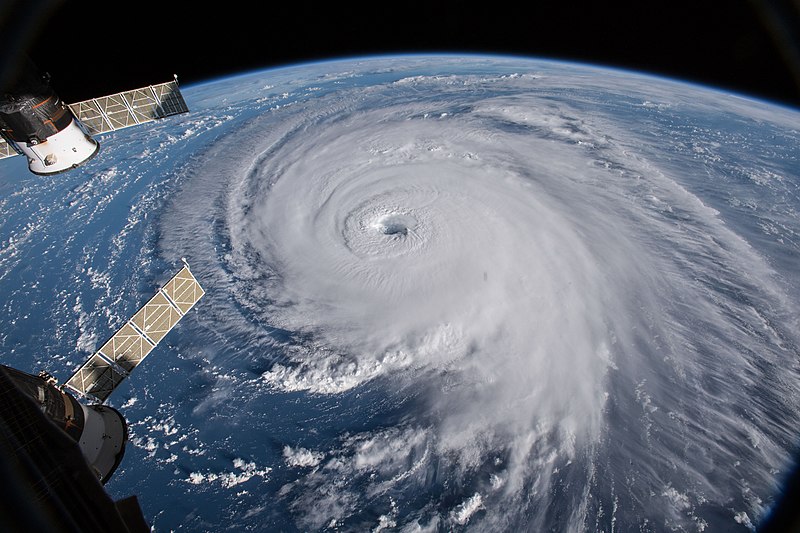After Category 5 Hurricane Michael slammed into Mexico Beach, Fla., in 2018, there was a dramatic contrast in destruction: homes built at or beyond state building codes still stood, whereas many of those built before those stringent codes were enacted were simply gone.
Michael is one of a growing number of multibillion-dollar disasters in the U.S.—the country has already set a record for such disasters so far this year—that emphasize how crucial building codes are to protecting life and property. And as climate change amplifies hazards, state and local governments must prioritize updating their residential building codes to meet minimum safety standards.
These standards are set, in part, by the International Code Council (ICC), an association of building safety professionals. Following rigorous testing of building methods, surveys conducted after disasters and other research, its members and any interested parties work to develop a consensus set of model codes, which are updated every three years. The codes are written to apply to locally relevant hazards, from how high to raise a house to avoid flooding in Louisiana to how much shaking a building in San Francisco should be able to withstand. ICC officials tell us that the methods they recommend can be as simple as using a certain type of nail or connectors that prevent roofs from blowing away in high-wind events.
These recommendations work. A 2018 study in Land Economics found that houses built after Florida adopted statewide building codes based on the ICC’s model codes saw 72 percent fewer insured losses from wind-related damage. Both the Federal Emergency Management Agency (FEMA) and the nonprofit National Institute for Building Sciences have found that for every $1 spent on conforming to the 2018 ICC code, $11 in damage costs are saved.
Continue reading at scientificamerican.com.

